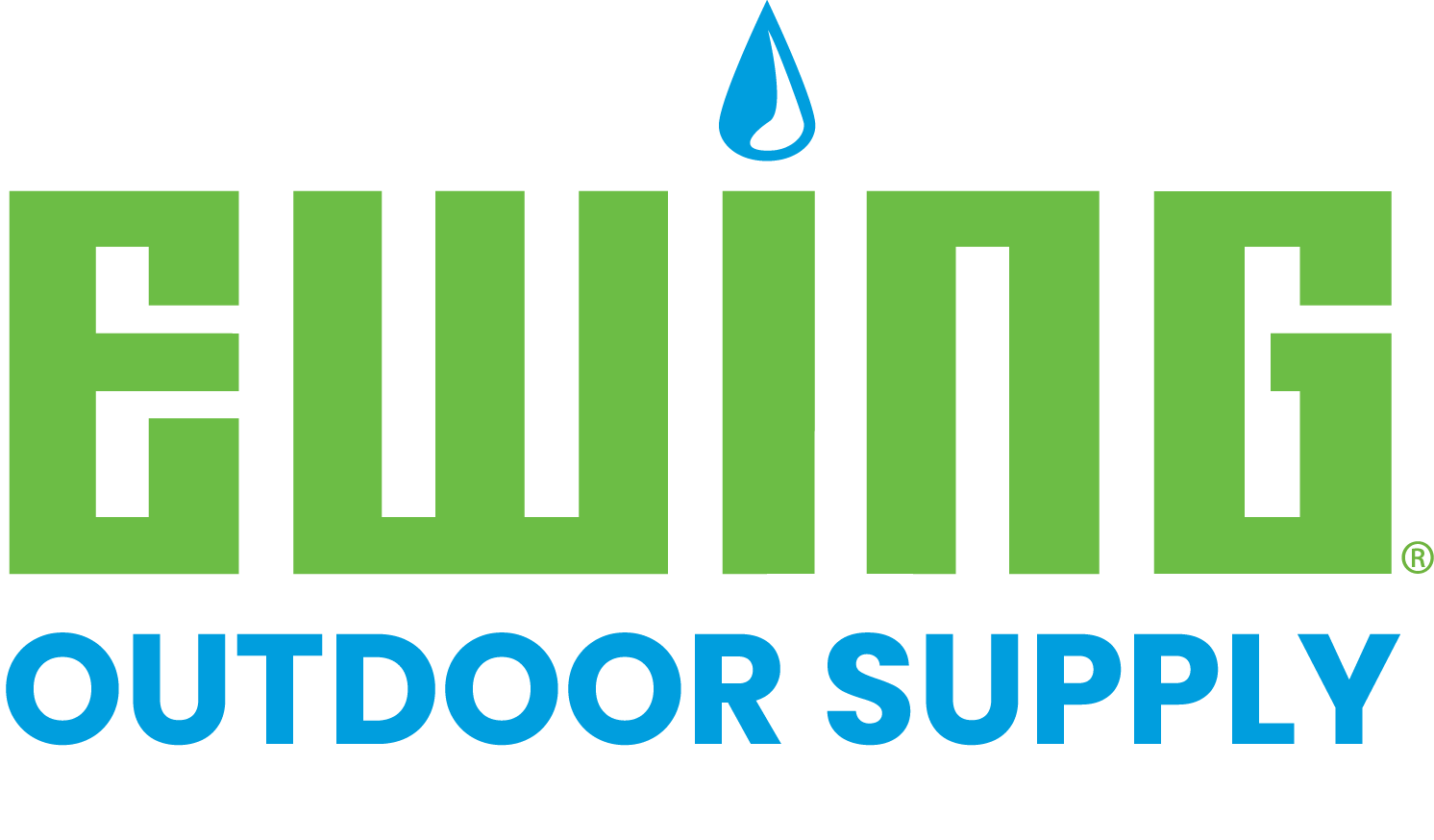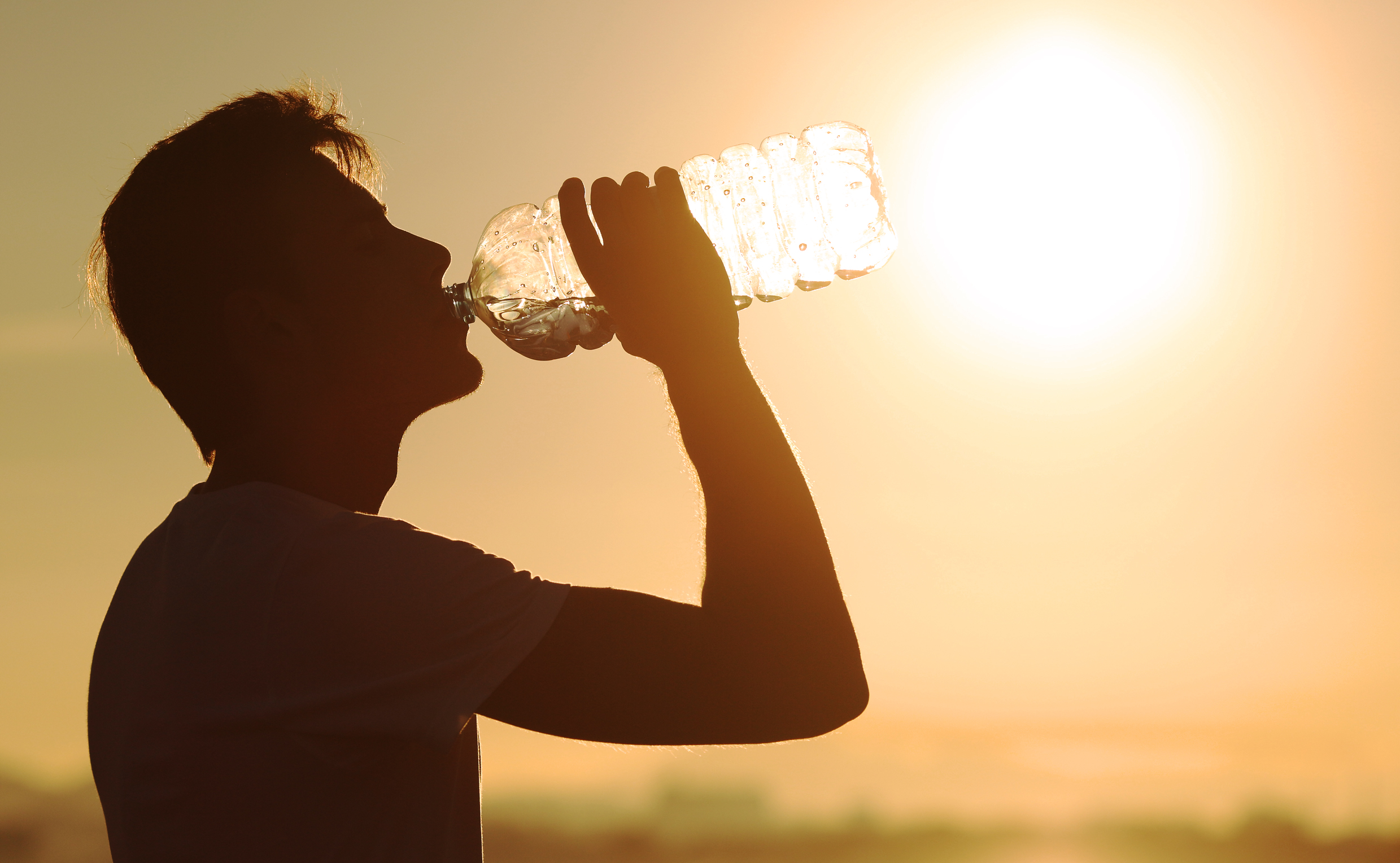Heat stress is a serious risk for outdoor workers, particularly during the summer months. It occurs when high temperatures—especially when combined with humidity and intense physical exertion—overwhelm the body’s ability to cool itself.
When working, muscles generate heat, and coupled with the heat from the environment, this can cause the body to overheat. As a result, less blood is circulated to vital organs, including the brain and muscles, leading to a decrease in alertness and judgment. Even a small increase in body temperature, like 2°F, can impair cognitive function, and a rise of 5°F can lead to severe illness or even death.
Here’s a guide on how to recognize the signs of heat stress and protect yourself and your team from its dangers.
Recognizing Heat Stress Symptoms
Be vigilant for these signs while working in hot conditions:
- Cool, moist skin with goosebumps despite the heat
- Excessive sweating
- Headache
- Fatigue
- Dry mouth or membranes (no tears or saliva)
- Muscle cramps
- Heat rash
- Weak, rapid pulse (or slow if someone faints)
- Nausea
- Dilated pupils
- Dizziness
- Mental confusion or loss of coordination
- Central nervous system depression
Note that pesticide poisoning shares similar symptoms but also includes moist membranes, excessive salivation, small pupils, diarrhea, and potentially coma. The effects of both heat stress and pesticide poisoning can overlap.
Heat Stress Management
To protect your team from heat stress, consider the following strategies:
- Designate a Heat Stress Manager: Appoint a specific manager to oversee heat stress management.
- Training & Education: Ensure that both managers and crew members are trained to recognize, prevent, and treat heat stress. Hold regular safety meetings, especially during hot spells.
- Acclimatization: Gradually ease your team into hot working conditions with lighter workdays, longer breaks, and close monitoring for 5–7 days.
- Monitor Environmental and Work Conditions: Assess weather conditions, workload intensity, and whether additional protective equipment is required.
- Account for Individual Factors: Track the health, rest, medications, and alcohol consumption of team members to better understand their risk levels.
- Work Organization: Organize work schedules to include frequent breaks, rotating tasks, performing heavy tasks during cooler times of day, and delaying non-essential work during heat waves.
- Hydration Strategy: Ensure access to plenty of water throughout the workday.
- Additional Cooling Measures: Provide cooling gear, breathable clothing, shade, air-conditioned mobile equipment, and consider reducing pesticide use to limit the need for personal protective equipment (PPE).
Managerial Responsibilities
Managers should be aware of any team members who have fluid retention or other medical problems that may affect their intake of fluids. Also, managers should be aware of team members who, due to economic pressure or toilet availability, tend to limit the amount of water they drink or limit the number of needed breaks.
Any scheduled plan for work and rest periods needs to take the following factors into account:
- Workload intensity
- Temperature and humidity levels
- Sun exposure
- Clothing and PPE requirements
To help your crew recover effectively, prioritize shorter, more frequent breaks rather than long, infrequent ones. For heavy labor in high heat and humidity, breaks should be longer and more frequent.
Worker Guidelines
For those working outside, it’s crucial to stay hydrated. Aim to drink at least one cup of water every 30 minutes, even if not feeling thirsty. On particularly hot days or during intense physical work, drinking more water may be necessary.
Before work, encourage your team to drink 2-3 cups of water. Throughout the evening, remind workers to continue hydrating to replenish fluids lost during the day. When working in extreme heat or with restrictive PPE, drinking a pint or more of water before starting work can provide extra protection.
For more resources on heat stress management and creating a safe work/rest schedule, visit the Occupational Safety and Health Administration’s website.




